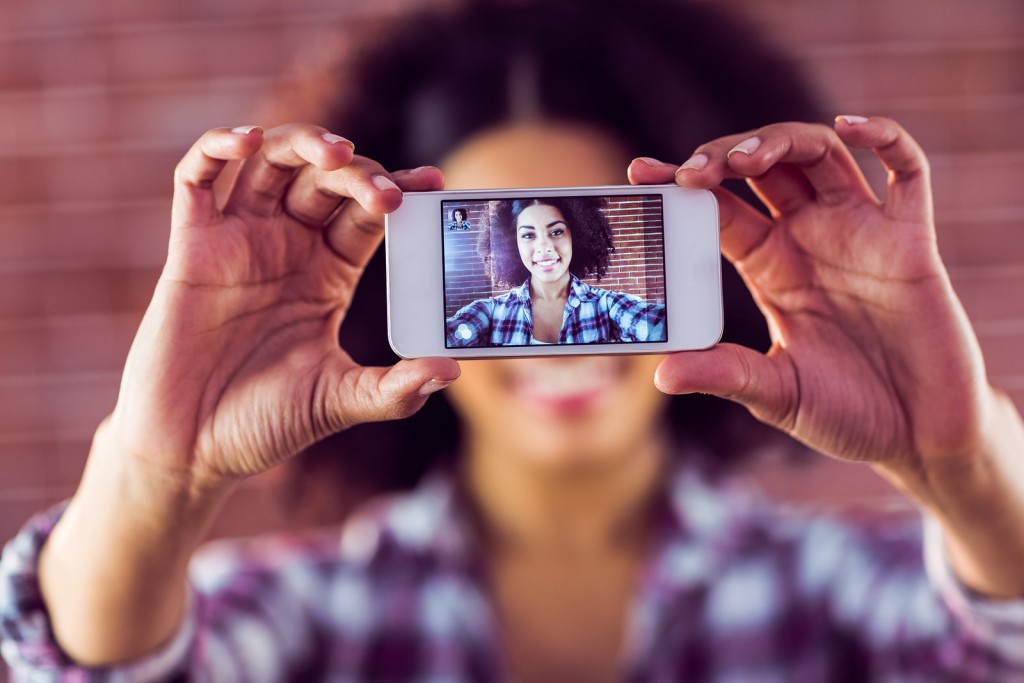Taking a selfie soon may do more than provide smartphone users with a snapshot in time. Amazon filed a patent application for technology that enables users to pay for items by taking selfies to confirm their identities.
The company thinks the popular practice could provide a better way to protect consumers and their identities than standard passwords used to complete online transactions.
Users would snap a two selfies to complete transactions. The first would be a standard selfie meant to confirm identity. The second would request the user take a selfie while performing a specific action, such as smiling or blinking. The second image in the two-photo “selfie pay” system would prove the user is a physical being rather than a spoofed photograph of the person meant to dupe the payment system.
Amazon’s patent application explains the two-selfie system is meant to go beyond the standard, and often vulnerable, password. “While many conventional approaches rely on password entry for user authentication, these passwords can be stolen or discovered by other persons who can impersonate the user for any variety of tasks,” the patent application explains.
Amazon also points out the lack of user friendliness in the current password system. Smartphone users, for example, often find the small touchscreens difficult to manipulate and may find themselves having to turn away from others while punching in passwords. To avoid the awkwardness, some consumers store passwords on their phone. That move can open them up to cybersecurity leaks, Amazon contends.
You Might Also Enjoy: Is Amazon Terrible to Work For?
Amazon’s patent application was filed in October and was only recently published. It’s not necessarily a unique concept. MasterCard pushed out a similar idea earlier this year with a pilot group of about 500 customers who were asked to pay for purchases from their smartphones by taking selfies or using a smartphone’s fingerprint scanner.
Innovations in payment technology are fast becoming a trend. Amazon also has announced a partnership with Capital One that enables owners of Amazon’s Echo smart speakers to review their transactions, pay bills and check balances using voice commands. Google also has kicked off a pilot program that lets people pay from their phones without having to take them out of their pockets. Rather than having to tap a phone against a reader, Google’s Hands Free system draws on location services, Bluetooth and Wi-Fi to allow shoppers to just tell cashiers they’ll “pay with Google.”
How long until Amazon customers can snap selfies to pay remains unclear. What is clear is that tech companies are striving to come up with innovative ways to make paying for goods and services easier, and more secure, for consumers.






